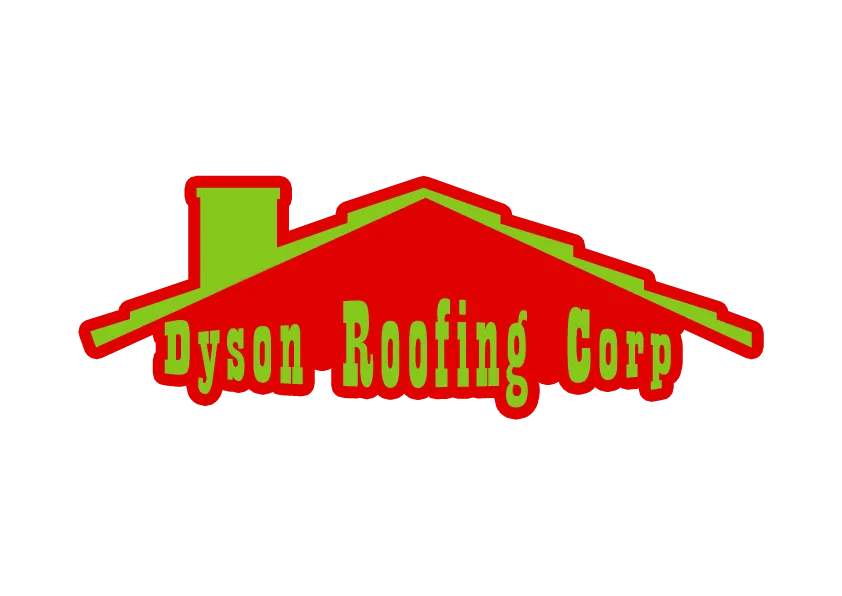Roof Decking: Types, Maintenance Tips & When to Replace It

Roof Decking: The Backbone of Your Roof

Roof decking is a crucial element that provides the structural foundation for your entire roof. Today, we will explore whether it’s the same as roof sheathing, the different types, maintenance tips, and when to consider replacing it.
Are Roof Decking and Roof Sheathing the Same Thing?

Yes, roof decking and roof sheathing refer to the same component of your roofing system. Both terms are used interchangeably in the industry, depending on regional preferences or specific roofing professionals.
In a previous article, we defined the roof decking as: “the plywood or oriented strand board (OSB) that forms the base upon which all other roofing components are installed. It provides a solid surface for attaching the underlayment and shingles.”
2 Most Used Roof Decking Types Nowadays
Plywood and Oriented Strand Board (OSB) are the two most common roof decking types. Each has advantages and drawbacks. We aim to help you make an informed decision during a roof installation project.
CDX Plywood:
Plywood is the most common material used for roof decking. It is made by gluing together multiple layers of wood veneer, creating a strong and stable surface.
CDX plywood is cost-effective, durable, and offers excellent resistance to moisture. According to Sherwood Lumber, C and D represent the grades of either side of the plywood, while X represents exposure.
It’s available in various thicknesses, making it versatile for roofing applications.
Oriented Strand Board (OSB):

OSB is another popular choice for roof decking. It’s made by compressing wood strands and adhesives into a solid sheet. OSB is more affordable than plywood and provides similar strength.
However, it may not be as resistant to moisture, so proper installation and ventilation are essential to prevent damage over time.
4 Care Tips to Keep Your Roof Decking Strong for Years
Keeping up with the maintenance of your roof decking can significantly extend the life of your roof, prevent costly repairs, and ensure your home remains safe, dry, cozy, and secure.
As an experienced roofer, Dyson Roofing Corp recommends 4 essential tips to care for your roof decking:
1. Regular Inspections
We recommend getting a roof inspection at least once a year, especially before and after severe weather events.
As professional roofers, we look for water stains on the ceiling, sagging roof areas, or visible leaks.
Regular inspections can help detect potential problems early. If we find shortfalls in your roof, we recommend the necessary repairs to keep your roof decking in top shape.
With these simple steps, you can prevent roof deficiencies from worsening and causing extensive damage to the decking.
2. Keep Proper Ventilation
Proper ventilation prevents moisture buildup, which can lead to rot and mold growth on the roof decking.
Ensure that your attic has adequate ventilation to allow air to circulate freely. This helps to regulate temperature and humidity levels, keeping your decking dry and in good condition.
3. Keep Gutters Clean of Leaves & Twigs
Clogged gutters can cause water to back up under the shingles and onto the roof decking, leading to water damage.
Clean your gutters and downspouts before the rainy season in Washington State, which starts from October to July.
Having gutters free of debris will allow them to function correctly. This will help direct water away from the roof and reduce the risk of damage to the decking.
4. Address Leaks Immediately
If you notice any leaks in your roof, you must address them immediately. Even a tiny leak can cause significant damage to the roof decking over time.
Repairing leaks can prevent water from seeping into the decking, causing rot or weakening the structure.
By following these roof decking care tips, you can ensure the longevity and durability of your roof, protecting your home and your investment for years to come.
4 Telltale Signs of When You Should Replace Your Roof Decking?

Roof decking is built to last, but like any component of your home, it can deteriorate over time. Several factors can influence its longevity, and knowing when to replace it is crucial for maintaining its integrity.
1. Water Damage:
If your roof has experienced leaks or prolonged exposure to moisture, the decking may have become compromised. Signs of water damage include warping, sagging, or soft spots on the roof surface.
If these issues are detected, replacing the affected decking before installing new roofing materials is essential.
2. Rot or Mold:
Over time, moisture can lead to rot or mold growth on the roof decking. This weakens the structure and poses health risks to the home’s occupants. If rot or mold is present, the damaged sections of the decking must be replaced immediately to prevent further deterioration.
3. Age:
Roof decking has a lifespan of 20-30 years. So, if you are replacing old shingles and the decking is almost 30 years old, even if it appears in good condition, replacing it during a re-roofing project can add an extra layer of protection and longevity to your new roof.
4. Structural Issues:
If the roof feels uneven or you notice any sagging or dipping, this could indicate that the decking has weakened. Structural issues like these require immediate attention, as they can lead to more severe problems, including roof collapse.
Regularly Inspect & Maintain Your Roof Decking for Lasting Protection
Roof decking might be out of sight, but it should never be out of mind. Whether you’re building a new home, replacing an old roof, or dealing with a leak, understanding the role of roof decking is essential.
By knowing the different types available and recognizing when they should be replaced, you can ensure that your roof remains strong, durable, and capable of protecting your home for years.
You can contact us if you need our scrutinizing eye for a roof inspection, repair, or replacement.
